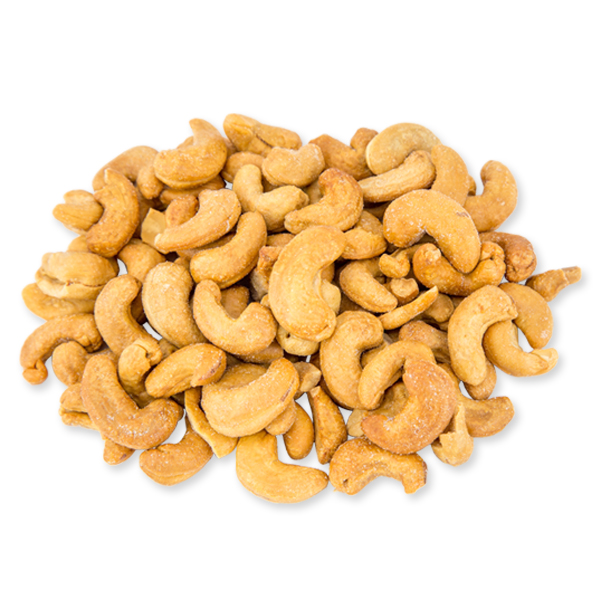Dry fruits are a powerhouse of nutrition, but not all of them are created equal. Ever wondered what separates roasted, salted, and raw dry fruits from each other? Let’s dive in and explore these three types, so the next time you’re snacking or shopping, you’ll know exactly what you’re getting!

Roasted Dry Fruits
Roasted dry fruits are dry fruits that have been cooked using dry heat, usually without water or oil. The roasting process enhances their flavor, gives them a crunchier texture, and slightly alters their nutritional profile.
Benefits of Roasted Dry Fruits
- Richer taste and aroma
- Crunchy texture makes them more snack-worthy
- Easier to digest for some people
Things to Watch Out For
- Heat can destroy some sensitive vitamins like Vitamin E
- If oil is used, it may add unwanted calories or trans fats
- Excessive roasting can reduce the antioxidant levels
Salted Dry Fruits
Salted dry fruits are either raw or roasted dry fruits with added salt (and sometimes other seasonings). They’re super popular for their savory flavor but can come with a few health concerns if eaten in large amounts.
Benefits of Salted Dry Fruits
- Addictive taste for those who prefer savory over sweet
- Can be a satisfying alternative to chips or other salty snacks
Drawbacks of Salted Dry Fruits
- High sodium content can raise blood pressure
- Not suitable for people with kidney issues or heart problems
- Salt may mask the natural flavor of the fruit
Raw Dry Fruits
Raw dry fruits are in their purest form—untouched by heat, oil, or salt. They retain all of their natural nutrients and are the healthiest option of the three.
Advantages of Raw Dry Fruits
- Maximum nutrient retention
- No added fats, salt, or preservatives
- Best choice for clean and healthy eating
Things to Consider
- Might not be as flavorful or crunchy as roasted varieties
- Can be harder to digest for some people
- May need soaking to improve texture and digestibility
Final Thoughts
So, what’s the verdict? If you’re all about health, raw dry fruits are your best bet. Craving something tastier and crunchier? Go for roasted. And if you’re after that salty, addictive flavor, salted dry fruits will hit the spot—just keep an eye on your sodium intake. Choose according to your taste and dietary goals!
FAQs
Yes, roasted dry fruits may lose some nutrients due to heat, especially if oil is added during roasting.
You can, but moderation is key due to the high sodium content.
Some do, especially if they’re commercially roasted. Always check the label.
It’s not mandatory, but soaking can help improve digestibility and nutrient absorption.
Raw dry fruits are best, as they’re free from added salt and oil.


